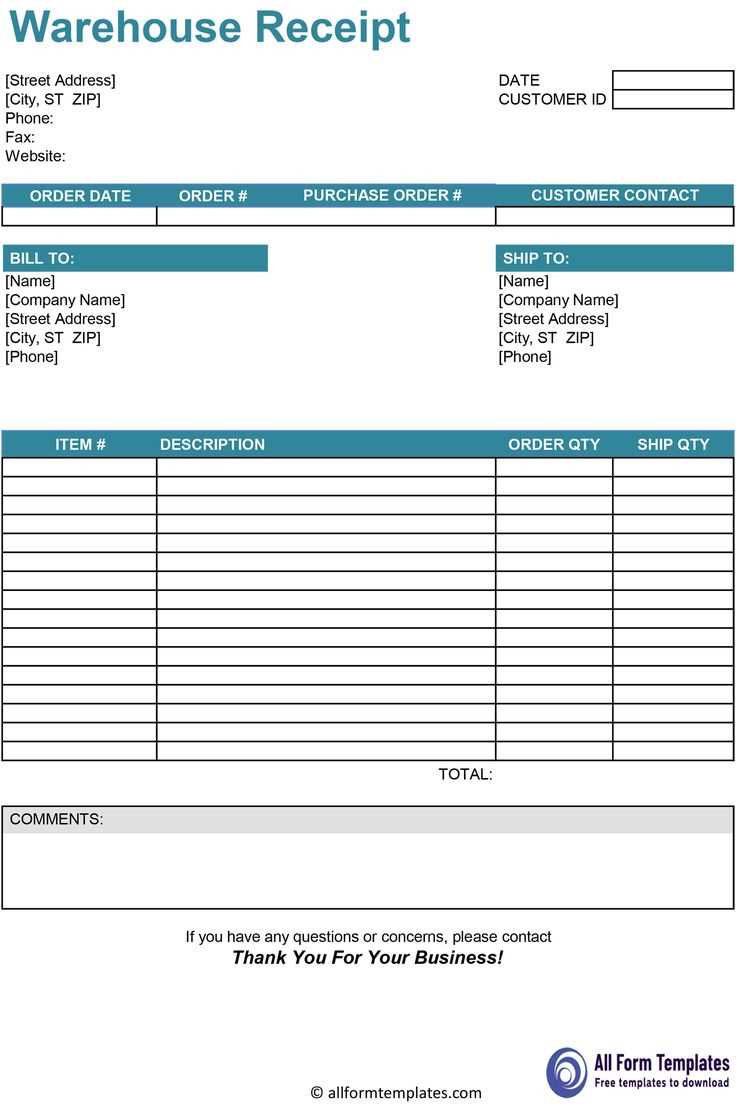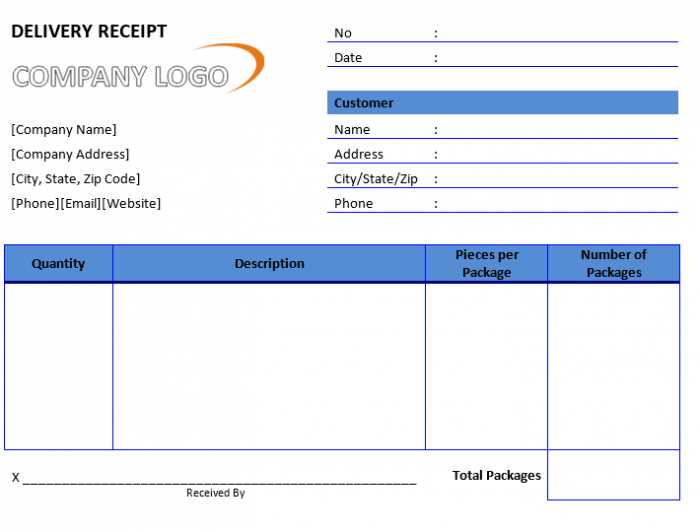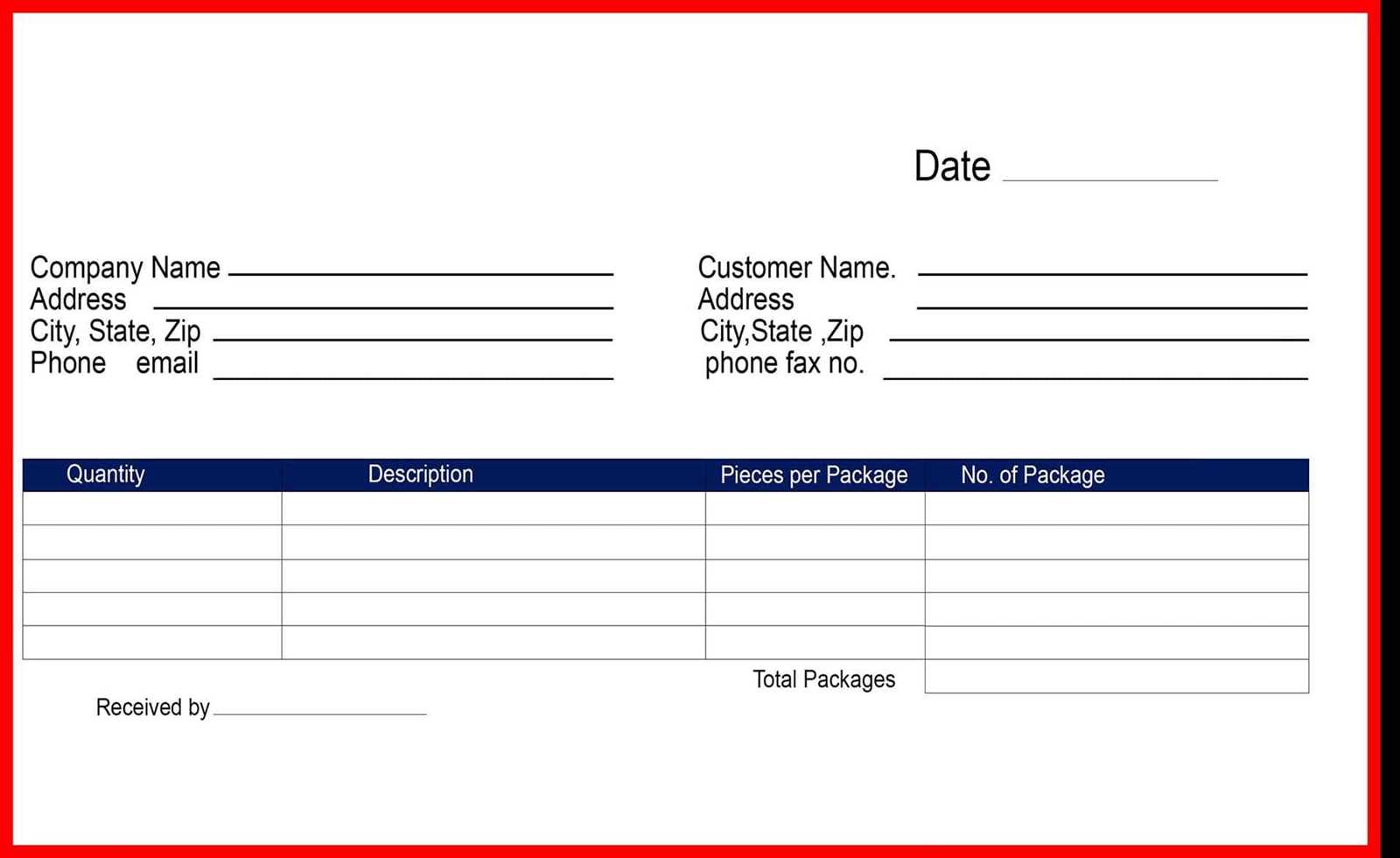A signature form confirms that an employee has received and reviewed the company handbook. Without this document, misunderstandings about workplace policies may arise, leading to compliance risks. A well-structured form protects both the employer and the employee by ensuring acknowledgment of key policies.
Include fields for the employee’s name, signature, date, and acknowledgment statement. The statement should specify that the employee understands the policies outlined in the handbook and agrees to comply with them. Adding a section for the employer’s signature may also be beneficial.
Digital signature options can streamline record-keeping, especially for remote teams. Many HR platforms offer electronic acknowledgment features, reducing paperwork and improving accessibility. Ensure that signed copies are securely stored, whether digitally or in physical form, for future reference.
Signature Form for Receipt of Employee Handbook Template
Provide a clear and straightforward signature form for employees to confirm they have received the employee handbook. This form should be easy to understand and include key details, such as the employee’s name, position, and date of receipt. Keep the wording direct to avoid any confusion.
Components of the Signature Form
The form should contain the following sections:
- Employee’s Name: A field for the employee’s full name.
- Position Title: The employee’s job title or position.
- Date of Receipt: A space to record the date the handbook was provided.
- Signature: A field where the employee acknowledges receipt by signing their name.
- Supervisor’s Name: The name of the person providing the handbook.
- Supervisor’s Signature: A space for the supervisor to sign.
Why a Signature Form is Necessary
A signature form provides clear documentation that the employee has received the handbook and understands its contents. It also protects the company by creating a record of the employee’s acknowledgment. This form should be filed in the employee’s personnel records for future reference.
Key Elements to Include in an Employee Handbook Acknowledgment Form
Clearly state the employee’s acknowledgment of receipt and understanding of the handbook. Include a statement confirming that the employee has read, understood, and agrees to abide by the policies outlined in the document.
Specify the date when the handbook was provided. This helps to establish a record of when the employee received the handbook, which may be relevant for future reference.
Include a space for the employee’s full name and signature. This confirms their participation and acceptance of the terms of the handbook.
Provide a section for the employee to indicate whether they have had an opportunity to ask questions or seek clarification on any policies. This ensures that they have had the chance to fully understand the content.
Include a statement that the policies outlined in the handbook may be modified, and it is the employee’s responsibility to stay informed of any updates. This prevents misunderstandings regarding future changes to the company’s policies.
Provide a section for the employee to acknowledge that they understand the handbook does not constitute a contract of employment. This helps clarify the nature of the relationship between the employee and the employer.
Legal Considerations When Creating a Signature Form
Ensure the form clearly identifies the document being acknowledged. Specify the employee handbook by name and version date to avoid ambiguity.
Include a statement of understanding. The employee must acknowledge they received, reviewed, and agree to comply with the handbook’s terms. This statement helps protect both parties in case of disputes.
Provide space for the employee’s signature, name, and date. Ensure the form includes these fields to verify that the employee personally acknowledged the handbook.
- Make sure to include a section for the signature of a witness or HR representative, if required by company policy.
- Allow for clear communication of any revisions or updates to the handbook, and ensure employees acknowledge these in a similar manner.
Consider local and state regulations. Some jurisdictions may require specific language or procedures to make the form legally binding. Consult legal counsel to comply with regional laws.
Finally, retain signed forms in a secure and organized manner. Digital storage may be acceptable, but make sure the process complies with data protection and retention policies.
How to Distribute and Store Signed Employee Handbook Receipts
Distribute signed receipts to employees immediately after they sign the handbook. Provide a physical or electronic copy, depending on your organization’s process. If using physical copies, ensure each employee receives a dated, signed form. For electronic versions, use secure email or a dedicated platform that confirms receipt.
Store signed receipts securely. For paper forms, use a locked filing cabinet or safe. Digitally signed receipts should be stored in encrypted cloud storage or a secure internal system. Implement a clear naming system and maintain organized folders for easy access. Keep records for the duration of employment and beyond if required by legal guidelines.
Ensure easy retrieval of signed receipts by maintaining an updated, searchable database or index. Set reminders to review and back up the stored records regularly to prevent data loss or corruption.


